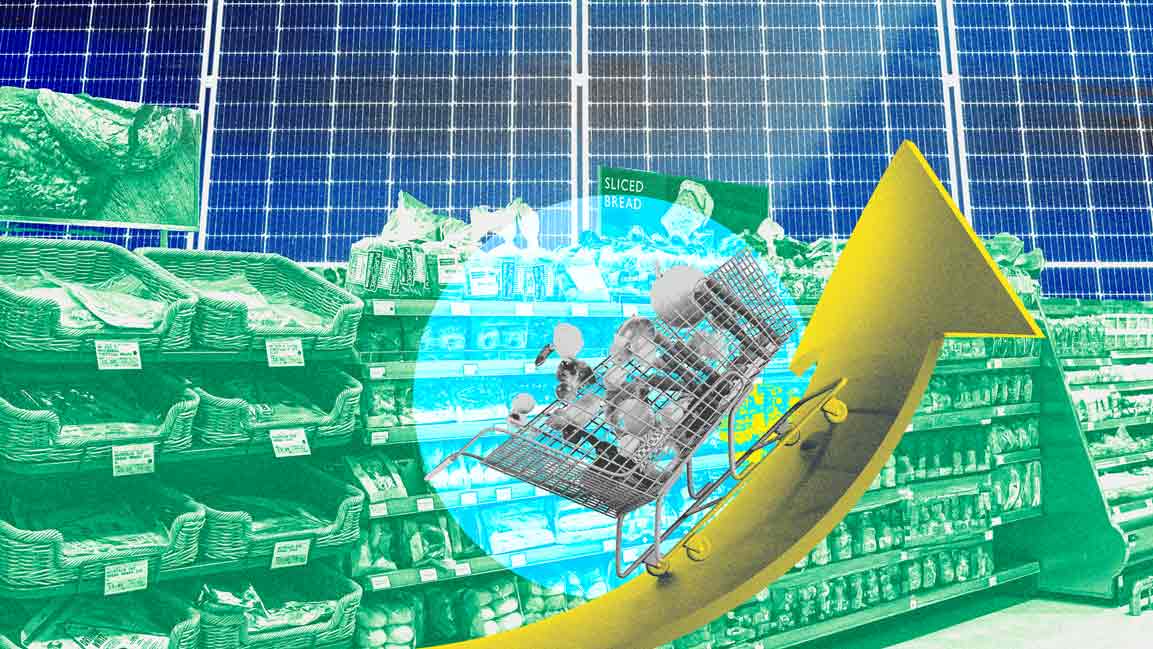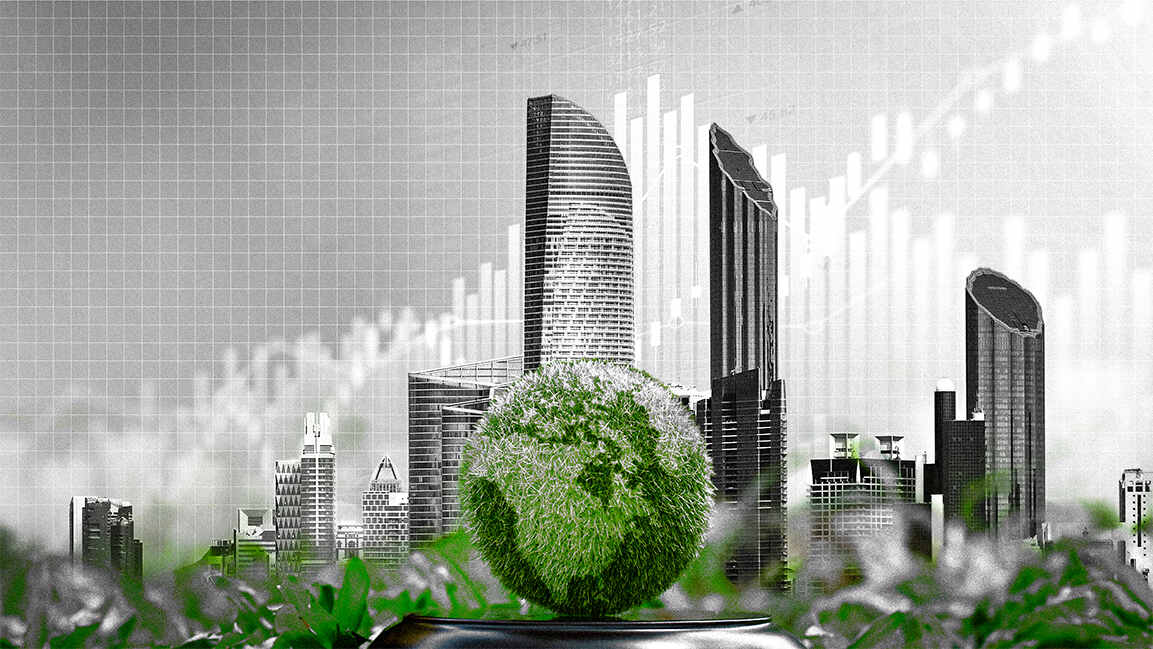- | 11:00 am
Sustainability can’t happen if leaders don’t approach it this way
SAP’s chief strategy officer says this is an opportunity for collective action to create proactive, vision-driven policies that have tangible effects.

Running sustainably is now widely recognized as good for business. Driven by increased pressure from investors and consumers, companies around the world have started minimizing their greenhouse gas emissions and material waste, and ensuring that they operate fair, safe, and just supply chains. Recent reports say that these and other sustainable business efforts could garner up to $12 trillion in value by 2030.
However, at a time when partnership is key to ensure progress on this global goal, the world feels more disconnected and fractured than ever. The world’s largest economies are stalling as food and energy prices continue to rise while growth and inflation move in opposite directions. This fragmented world is the theme—and the backdrop—of this year’s World Economic Forum in Davos, Switzerland.
As the cascading effects of COVID, the war in Ukraine, and more continue to influence a fragile global system, this is an opportunity for collective action to create proactive, vision-driven policies that have tangible effects.
Sustainable operations are both a current and future crisis. That’s precisely why the conversation has shifted away from “why” sustainability is important toward “how” businesses can make it a reality.
Making progress on these initiatives starts by treating them as the business challenge they have become. Hiring trends offer a powerful proof point: in 2021 alone, the number of companies appointing Chief Sustainability Officers tripled. And in the past decade, the average sustainability team has grown from five people to fifteen. While this is a step in the right direction, turning an executive title into real business impact is another thing altogether.
It’s clear that this path toward sustainability needs fewer pledges and more action. Ambition alone is not enough. Whatever pledges global governments and economic leaders make, businesses are the ones tasked with achieving them. To reach these ambitious goals, they need the right tools and technology.
THE PROMISE OF USING TRACKING PROACTIVELY
At SAP, we’ve found that supply chain is a key area of focus. According to a CDP report, up to 90% of a company’s carbon emissions come from their supply chain. But the data showing the extent of those emissions are often accounted for in disconnected spreadsheets—another example of our increasingly fragmented world. Not to mention, many supply chains encompass hundreds of partners, each one with their own environmental impact that is often measured by different technologies. That means a lot of the important data may be inaccurate, duplicated, or out-of-date.
Many of the tracking technologies also use industry estimates and averages for their calculations. These averages are generally out of touch with current sustainability goals, inhibiting legitimate, definable progress. Businesses need solutions that help them record, report, and act on the data they’re gathering, so they can understand what needs to change. This transparent, real-time data will be the key to building sustainable operations at scale.
The ability to make business decisions based on accurate, verifiable real-time data holds incredible promise. It allows companies to determine their current footprint and not only prioritize their own sustainability data but push their partners and suppliers to do the same, amplifying the impact across business networks.
This increased transparency and visibility helps businesses create a more trustworthy relationship with everyone from consumers and investors to partners and suppliers—fostering cooperation in our fragmented world.
With complex, interconnected supply chains like those of many companies, the impact can be enormous. And it requires investment and a dedicated team to properly manage it. The idea of sustainability has expanded far beyond just a company’s carbon emissions to materials circularity, social justice, and corporate governance. It’s only logical that the teams tasked with managing these initiatives change as well.
As the dialogue surrounding sustainability evolves, business leaders should ask themselves crucial questions about the pledges guiding their industry—and whether they are making any tangible impact.
- Do they have a clear picture of their carbon footprint?
- If not, can they acquire and validate the data that provides it?
- How should they measure progress?
- Does the organization have the right people in place to achieve their goals?
These kinds of questions can shape their approach to sustainability and forge a measurable path forward.
Sustainability is the greatest challenge and economic opportunity of our time. It’s about time that businesses treated it that way. As business leaders look to this year’s World Economic Forum, they must understand that while real-time data and new technology help address one vital piece of the puzzle, they will not solve this challenge overnight. Transforming a business to run sustainably is a long-term process, but one with a fierce sense of urgency.
They say that one of the most important steps to running a marathon is to respect the distance. Every business hoping to stay competitive should respect the work it takes to build a truly sustainable enterprise.






































